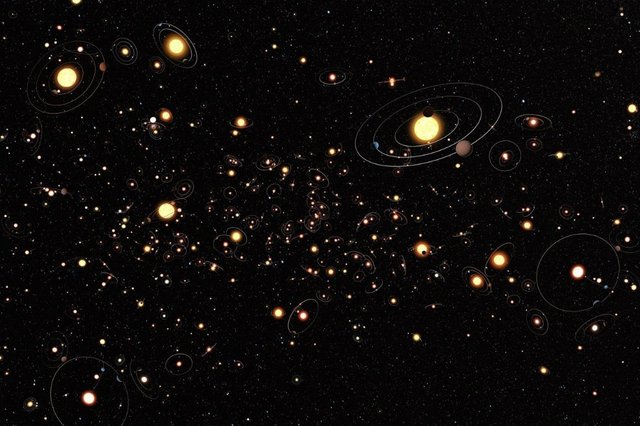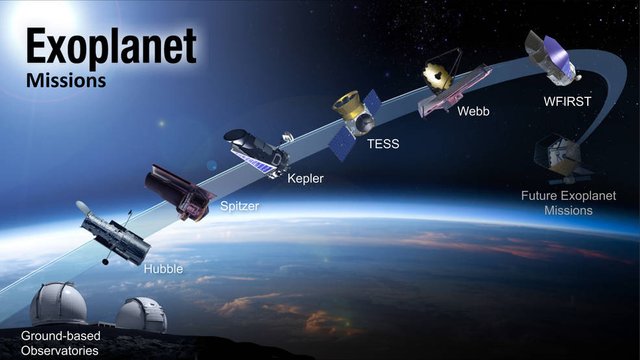Kepler Telescope confirm the existence of 95 new exoplanets.
The Kepler telescope added these 95 new planets to the list of 300 that it has been able to build since it began operating in 2014.

The extended mission of NASA's Kepler space telescope, dubbed K2, has revealed 95 new confirmed extrasolar planets, bringing the mission's total to nearly 300.
As explained by PhD student Andrew Mayo at the National Space Institute (DTU Space) at the Technical University of Denmark, the team began by analyzing 275 candidates in the K2 databases, of which 149 were validated as real exoplanets. Of them, a total of 95 have proven to be new discoveries. "This research has been ongoing since the first K2 data series in 2014," says Mayo, lead author of the paper, whose results will be published in the 'Astronomical Journal'.
The research has involved a team of scientists from institutions such as NASA, Caltech, UC Berkeley, the University of Copenhagen and the University of Tokyo.
The Kepler space telescope was launched in 2009 with the aim of looking for exoplanets in a certain area of the sky, but in 2013 a mechanical failure paralyzed the instrument. However, astronomers and engineers devised a way to reuse and save the telescope by changing its field of view periodically. This solution paved the way for the K2 follow-up mission, still under way to search for exoplanet transits.
These transits can be found by registering falls in the light caused by the shadow of an exoplanet when it crosses in front of its host star. These falls are indications of the presence of exoplanets that must then be examined much more closely to validate that each candidate is really an exoplanet.
3,600 EXPLANTATIONS FOUND
The field of exoplanets is relatively young, but it also focuses on space exploration today. The first exoplanet orbiting a star similar to the Sun was detected in 1995. To date, some 3,600 exoplanets have been found, ranging from rocky planets the size of the Earth to large gaseous giants like Jupiter.
It is difficult to distinguish which signals really come from exoplanets. Mayo and his colleagues analyzed hundreds of possible exoplanets in depth to determine which signals were created by exoplanets and which were caused by other sources.
"We discovered that some of the signals were caused by multiple star systems or noise from the spacecraft, but we also detected planets that vary from the size of the Earth to the size of Jupiter and larger," says Mayo.
One of the planets detected by Kepler was orbiting a very bright star. "We validate a planet in a 10-day orbit around a star called HD 212657, which is now the brightest star found by the Kepler or K2 missions to host a validated planet," explains the researcher, who says that the planets around Bright stars are "important" because astronomers can learn a lot about them from terrestrial observatories.
LOCATING THE SOLAR SYSTEM IN A "GALACTIC CONTEXT"
For May, exoplanets are a "very exciting field of space science", since, as more are discovered, astronomers will develop a more accurate picture of the nature of the exoplanets, which in turn will allow locating one's own Solar system in a "galactic context".
The Kepler telescope has made enormous contributions to the field of exoplanets, both in its original mission and in its successor mission, K2. So far, these missions have provided almost 4,500 candidates for exoplanets that can now be examined more closely.

With new and upcoming space missions, such as the James Webb Space Telescope (international collaboration between NASA, ESA and the Canadian Space Agency) and the Exoplanet Transit Sound Survey (from the NASA Explorer program), astronomers will give new and exciting steps to characterize and study exoplanets such as the rocky, habitable and terrestrial-sized planets, which might be capable of harboring life.